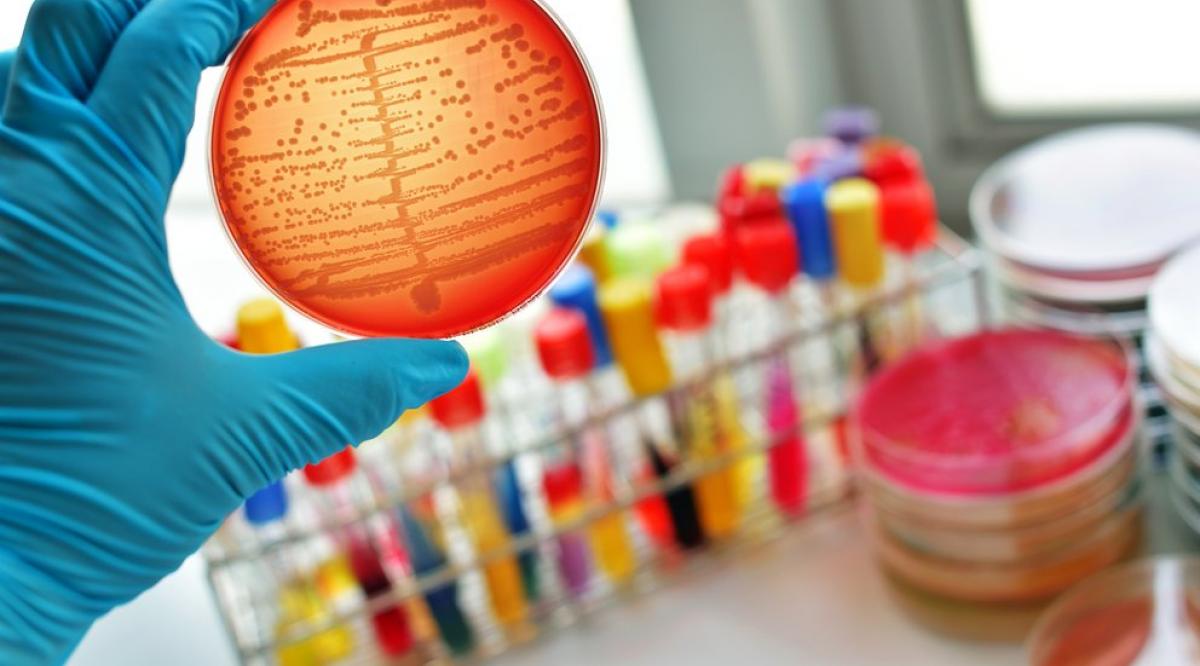Drug resistance, which refers to the microorganism’s lack of response to antimicrobials, is a significant concern. Microorganisms, such as bacteria, fungi, and viruses, commonly cause various types of diseases, but they do not respond to antimicrobial treatments, resulting in treatment failures.
Some microbes have always been resistant to certain antimicrobials, such as penicillin G’s resistance to Gram-negative bacilli. This type of resistance is called natural resistance. Other organisms develop resistance due to the use of antimicrobials, known as acquired resistance.
The mechanisms involved in developing resistance include:
Mutation of the microorganism, which refers to genetic mutations in the microorganism that lead to resistance. These mutations can occur in single or multiple genomes of the organism.
Gene transfer, where resistance is developed when genes are passed from one organism to another. Gene transfer can occur through conjugation, transduction, and transformation. Resistant organisms can exhibit drug tolerance, drug destruction, and drug impermeability.
Altered drug targets, where microorganisms change the binding sites of drugs.
Biofilm formation, which acts as a barrier, restricting the entry of drugs and preventing their effectiveness.
Antibiotic degradation, where some microorganisms produce enzymes that break down antibiotics. For example, beta-lactamase breaks down beta-lactam antibiotics.
Metabolic bypass, where microorganisms create alternative pathways, allowing antimicrobials to bypass their targeted activity.
Quorum sensing and communication, where microorganisms sense antibiotics’ presence and may alter their activity for survival.
These are different mechanisms for drug resistance. The selection of antibiotics is crucial, and improper use can lead to resistance and unresponsiveness. Proper antibiotic use can reduce resistance. It’s essential to select antibiotics carefully, identify them accurately, and follow stewardship programs.


